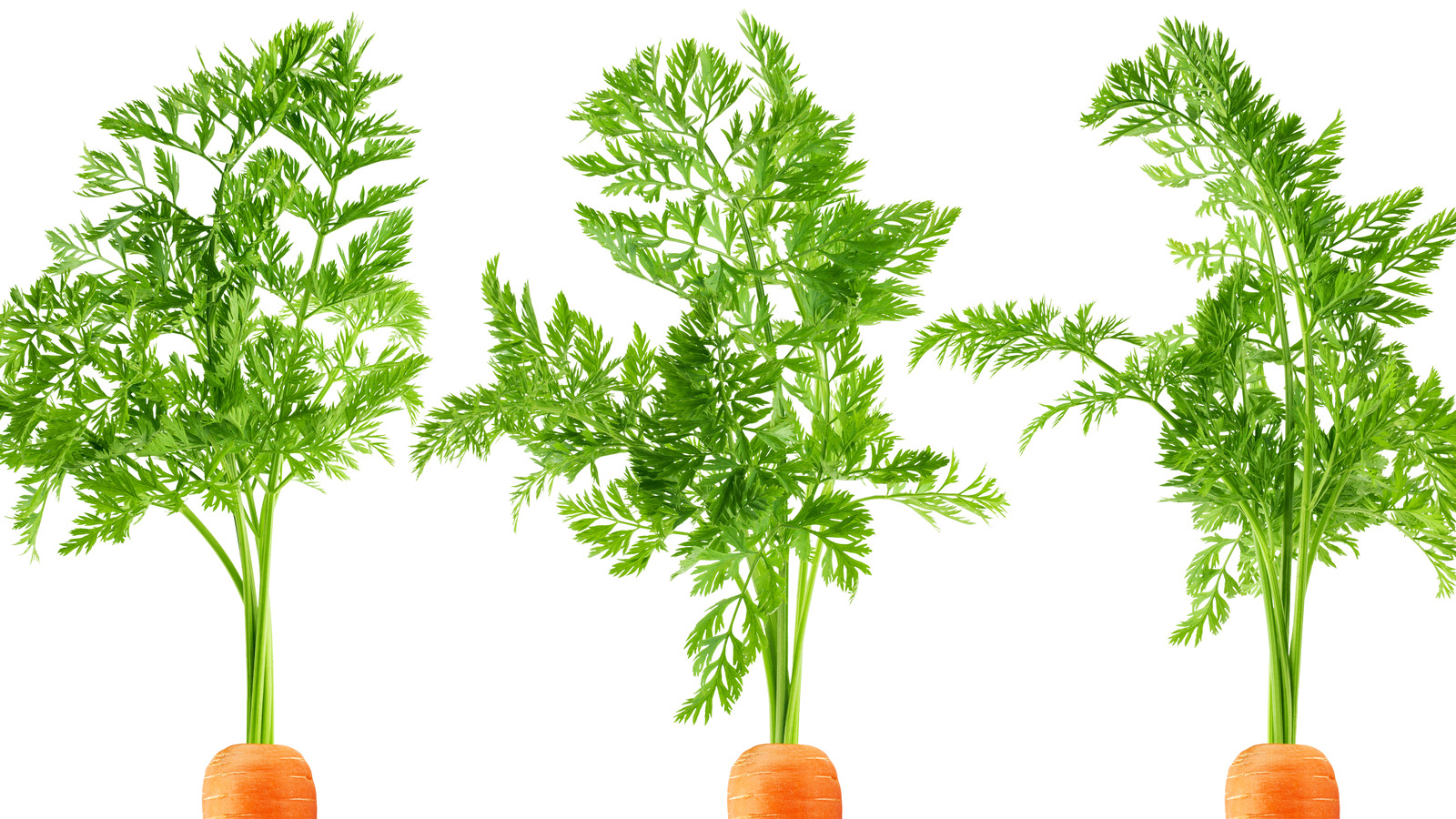- Let’s get one thing clear: the phrase “dumpster dining” might sound extreme, even off-putting. But before you scroll away or wrinkle your nose, let’s pause. What if the food you throw away each week—or worse, never even take home from the store—could become the star of your next dinner party?
- Because here’s the truth: a huge portion of what we toss isn’t bad food. It’s just misunderstood.
🍞 What Is Dumpster Dining (And Why Should You Care)?

- Now, this isn’t about diving into literal dumpsters (though some urban foragers do exactly that). It’s about embracing the philosophy behind it—reclaiming what’s considered “waste” and turning it into something genuinely delicious. In a world where nearly 1.3 billion tons of food are wasted every year, it’s worth asking: what are we missing?
- But this isn’t a guilt trip. It’s an invitation to get creative—and maybe even a little rebellious.
🥕 The Forgotten Ingredients Hiding in Plain Sight


- We’ve all seen it: that slightly wilted lettuce in the back of the fridge, or the banana with one too many spots. Most people toss it. But with the right prep, those so-called scraps can sing.
- For instance, did you know broccoli stems are more flavorful than the florets when stir-fried? Or that carrot tops can be turned into a punchy pesto? Once you start looking at food with a “use everything” mindset, your kitchen transforms into a kind of playground.
- Even bread that’s a few days past its prime can become crisp, golden croutons or a rustic bread pudding. The trick isn’t to avoid aging food—it’s learning how to time travel with it.
♻️ Zero-Waste Doesn’t Mean Zero Flavor

- Some people assume cooking with scraps or “rescued” food means compromising on taste. But it’s actually the opposite. When you embrace imperfections, you have to lean into bold techniques—fermentation, slow roasting, pickling. And guess what? Those techniques have been used by gourmet chefs and traditional cooks alike for centuries.
- Let’s take an example. Bruised apples can be simmered down into a rich apple butter that tastes like fall in a jar. The soft tomatoes? Roast them with garlic and basil, blend them up, and suddenly you’ve got a sauce that could rival your favorite trattoria.
- It’s not about making do. It’s about making more—with less.
🛒 Where (and How) to Source “Waste” Ingredients
- Here’s where it gets interesting. While some folks do forage behind bakeries or produce shops, you don’t have to. There are smarter—and safer—ways.
- Start by asking your local grocer if they have “imperfect” produce for sale. Many stores set aside fruits and vegetables that don’t meet beauty standards, and people usually sell at a steep discount. Farmers’ markets often have seconds bins too—slightly damaged or ripe-now produce that’s perfect for cooking.
- Even better? Talk to local restaurant owners or bakers. They often have trimmings, stale goods, or offcuts they’re happy to give away. The key is building relationships. Once people know you’re serious about reducing waste then they’ll often welcome the chance to help.
🍲 Recipes That Respect the Scraps

:max_bytes(150000):strip_icc()/Watermelon_Rinds_018-3668db481a5440d0ae4f9f3e3e37d599.jpg)

Let’s talk ideas. Here are just a few dishes that could start in the trash but end up on a tasting menu:
-
Crispy Potato Peel Chips – Toss with olive oil and sea salt, then roast until golden.
-
Pickled Watermelon Rinds – Sweet, sour, and spiced. Fantastic on cheese boards.
-
Wilted Greens Soup – Blend spinach, beet greens, or kale stems into a comforting, silky soup.
-
Stale Bread Gazpacho – A classic Spanish cold soup that uses up old bread and tomatoes.
Cooking like this doesn’t just save money but It also sparks creativity in ways you never expected.
🌍 Why This Isn’t Just a Trend
- People often think zero-waste cooking is a niche lifestyle, or maybe something reserved for food activists and environmentalists. But here’s the truth: it’s just smart cooking. Our grandparents did it. Most traditional cuisines around the world are built on this very idea—use everything, waste nothing.
- What we’re really doing is going back to basics—with modern tools and a fresh point of view.
- And let’s be honest: it feels good. There’s something deeply satisfying about turning a would-be waste into a masterpiece. You’re not just feeding yourself—you’re making a statement. That good food doesn’t have to be perfect, and neither do we.
✨ Final Thoughts: A New Kind of Gourmet
- Dumpster dining isn’t about sacrifice but It’s about discovery.
- It challenges us to see beauty in the bruised, flavor in the forgotten, and abundance where we thought there was none. So the next time you eye that overripe banana or those wrinkled peppers, pause before tossing them. There’s a meal waiting to happen—and moreover it might just be the best thing you’ve cooked all week.
- After all, being a true gourmet isn’t about having the fanciest ingredients. It’s about what you do with what you have.
Our Expertise:
-
Alliance Food Engineering Consultant Pvt Ltd. Supply cutting-edge food processing machinery for clients across India.
-
We also offer complete turnkey solutions by setting up an entire plant from scratch to end while handling every aspect of food production to make your process smoother and more efficient.
-
Mail us: [email protected]
-
Website: www.aecengg.com
-
To buy Food Processing machinery : https://allianceslice.com/
-
Call Us: +91 9157769448https://allianceslice.com/
-






